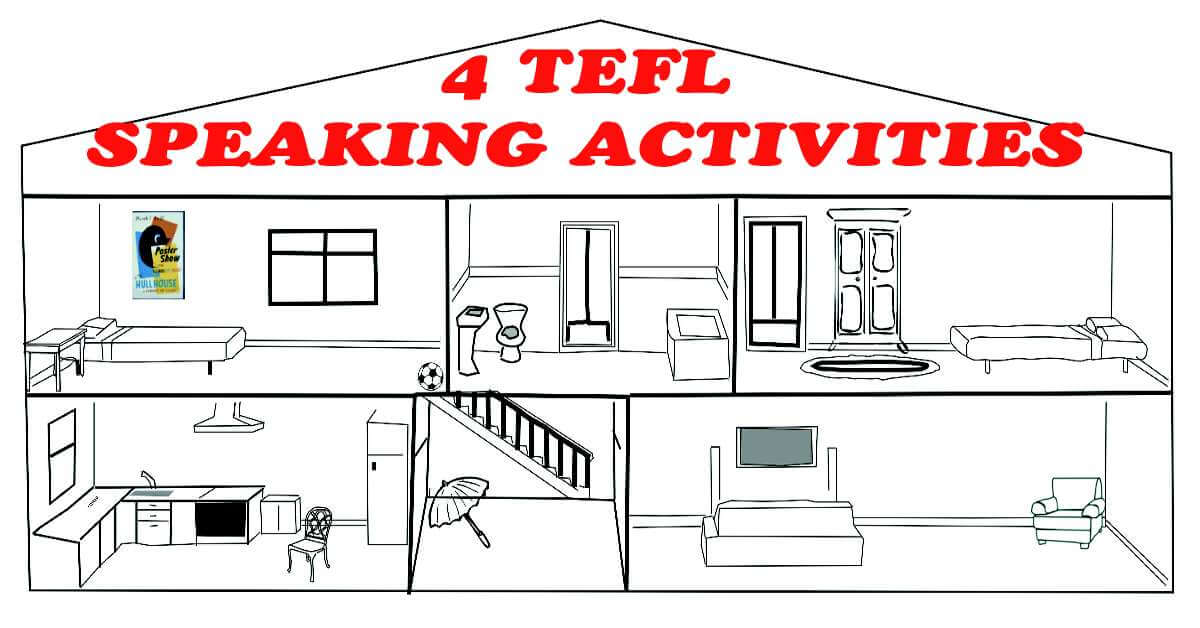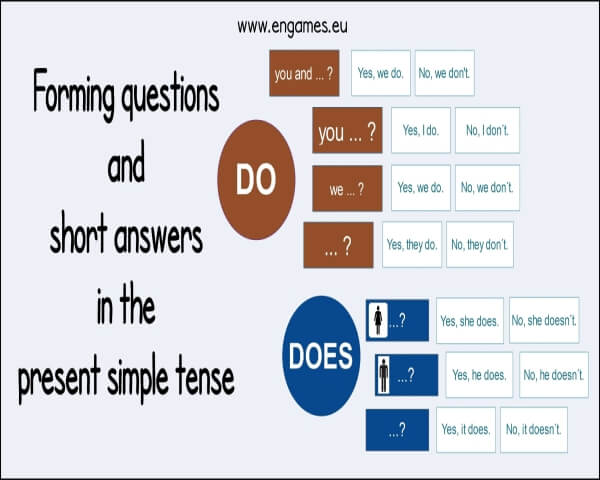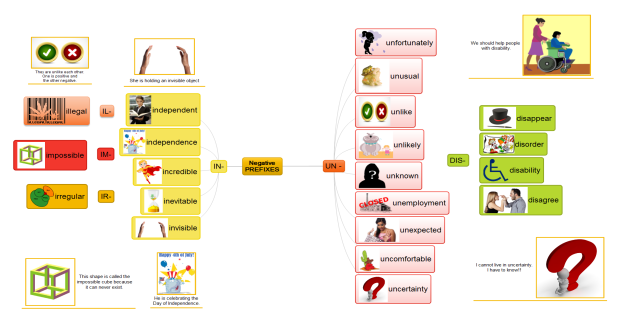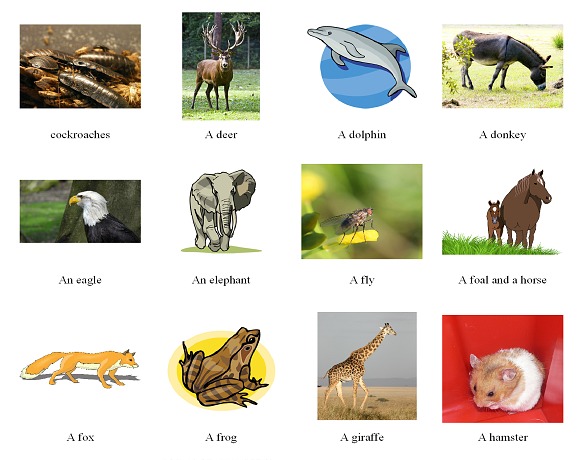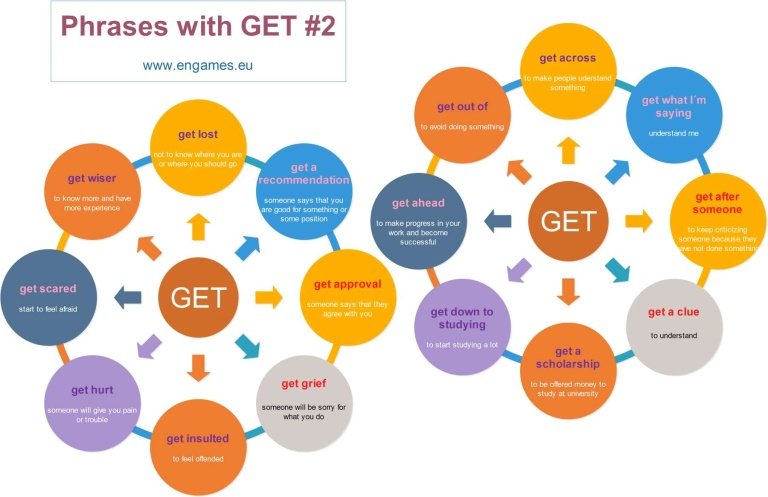4 TEFL Speaking Activities
We live and teach in the communicative era. However, the textbooks offer very few speaking activities where students could practise the language they have learnt. That is why I decided to share several speaking activities with you.
<!– wp:more –>
In this post there are two speaking activities to practise describing a house using the phrases THERE IS/ARE, a simple communicative strategy that helps the learners speak more and a nice set of activities to practise the present simple tense.
ADVERT:
[showmyads]
Describing a house
For the Draw and Describe activity print the following worksheet. Each student needs a piece of paper with two houses (one sheet per student).
Draw and Describe worksheet
Students work on their own and draw between 10 and 15 things into their houses. Just remind them that they need to draw things they can name or describe.
Then students work in pairs. They mustn´t show their picture to their partner. They describe their house and the things they have drawn. Their partner listens and tries to draw the things into their empty house.
When they finish the students swap roles. In the end they compare their pictures.
The other activity is called Find the Difference. Print the following worksheet.
Find the Difference worksheetStudents work in pairs. Each gets one half of the worksheet. One has the part A and the other part B. Students mustn´t show their picture to their partner. They describe the pictures and they try to find as many differences as they can.
In the end they show their picture to their partner and they see whether they managed to find all the differences.
SA + EI
However, it often happens that students ask and answer the questions, and they finish the conversation in a few seconds. To prevent this, I found the following communicative strategy: SA + EI.
It might sound scary, but it is really simple. If someone asks you a question, you give a short answer (SA) and some extra information (EI). And the student who asked the original question uses the extra information to ask another question.
For example:
A: Where do you live?
B: I live in Brno. It is a beautiful city.
A: What are the most beautiful places there?
B: I like Spilberk. It is a castle in the centre of the town.
Using this simple strategy, each conversation gets three times longer than before.
Here is a set of questions you could use for this activity:
a) Were you on the internet yesterday?
b) Did you watch TV yesterday?
c) What are you going to do this weekend?
d) Do you like school?
e) Did you learn English yesterday?
f) Who did you speak to yesterday?
Present simple tense – speaking
Print the following worksheet once and cut it. Place the 14 pieces around the classroom.
Daily Routine speakingPrint the following text and give it one copy to each student. Tell them to walk around the classroom and find who each paragraph is about. They write the number at the end of the paragraph.
Present simple textThe correct answers are 8,3,11,1,2.
Finish this part after about seven minutes. Tell the students to turn the paper. Give each student an uncut copy of the worksheet Daily Routine Speaking. Students now work on their own and they write a short paragraph about one of the series of pictures. Ask students to use at least two negative sentences, even though they are not necessary.
Students work in pairs. They read their description and their partner guesses who they are talking about. Students swap pairs at least three times.
In the last phase,students choose a series of pictures and just say what the person does every day and their partner must guess who they are talking about. In this part they speak without any preparation.
